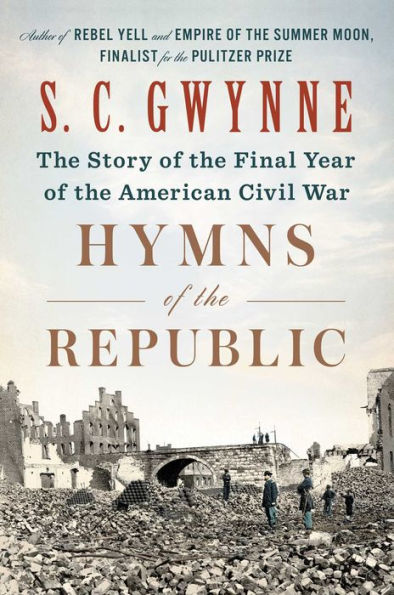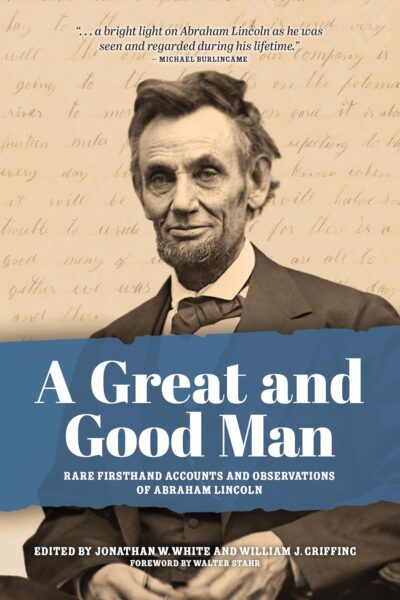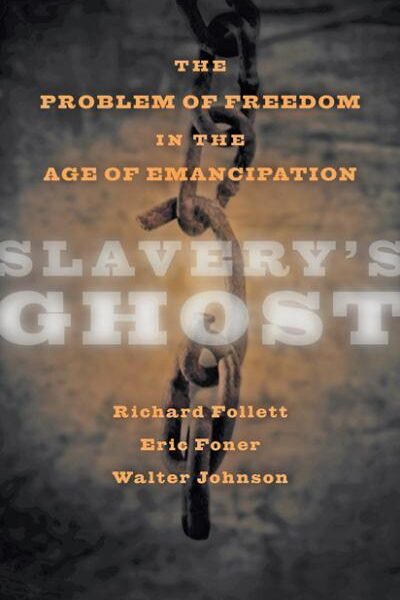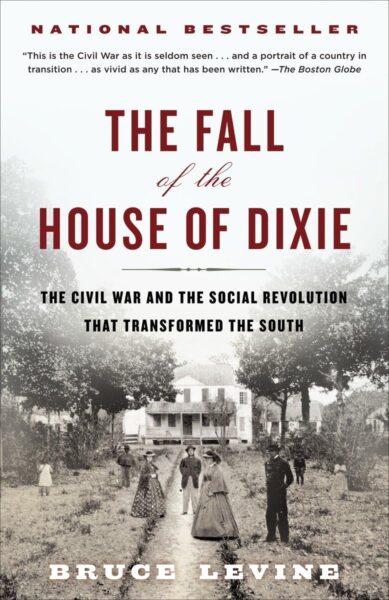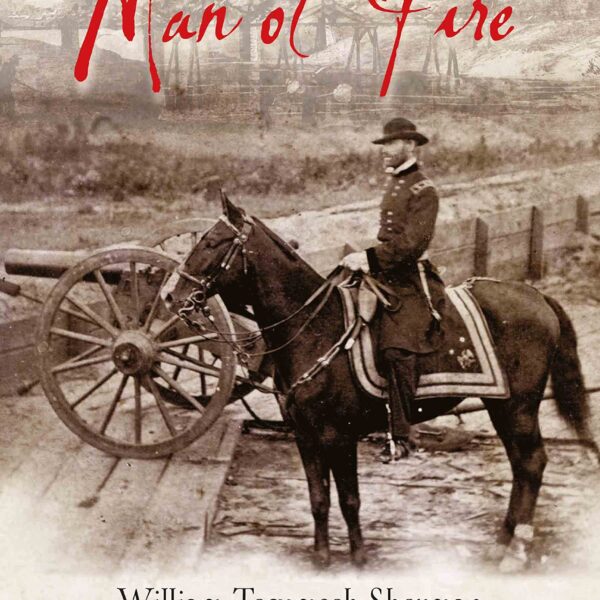In Hymns of the Republic: The Story of the Final Year of the American Civil War, S.C. Gwynne presents a readable narrative that carries readers from Ulysses S. Grant’s arrival in the Eastern Theater to the surrender of Robert E. Lee at Appomattox Court House. For the most part, Gwynne sets his story in the east, though side excursions to Fort Pillow and William Tecumseh Sherman’s March to the Sea break up the heavy focus on the exchange of blows between Grant and Lee at the Wilderness, Spotsylvania, Cold Harbor, and Petersburg. The archival research is slim, as evidenced by a bibliography that lists mainly secondary works and published accounts. Gordon Rhea’s work heavily informs the military narrative of the Overland Campaign, while the classic texts of Bruce Catton and Douglas Southhall Freeman clearly shaped Gwynne’s portrayals of Grant and Lee, respectively.
For readers well versed in Civil War history, Gwynne’s narrative will not provide much new material to consider. Hymns of the Republic does an admirable job of synthesizing the conflict’s history into an altogether enjoyable 330-page book, but the interpretive strands that the author has chosen to pull from the scholarly literature ignore some important recent work on a wide range of topics. Most glaring is Gwynne’s tendency to portray Ulysses S. Grant as a “butcher” during the Overland Campaign. Gwynne writes that Grant “sacrificed thousands of lives for little or no gain” (139). In comparing Gwynne’s treatment of Lee and Grant, readers will find that the author exculpates the Confederate leader for similar sacrifices of men. Notably absent from Gwynne’s bibliography are Joan Waugh’s U. S. Grant: American Hero, American Myth (2009) and Gary W. Gallagher and Caroline E. Janney’s edited collection From Cold Harbor to the Crater: The End of the Overland Campaign (2015), works that offer significant corrections to the tendency to reduce Grant’s military planning during the campaign to little more than the thoughtless application of superior resources.
Gwynne’s intention in writing Hymns of the Republic seems to have been to present the final year of the Civil War as a series of (perhaps irredeemable) tragedies. The narrative portrays a Union Army that embraced and applied the doctrine of total war to devastating effect. Citing historians such as Michael C. C. Adams, Charles Royster, Michael Fellman, and Mark Grimsley grounds the book thematically in the “Dark War” tradition of Civil War history. In Gwynne’s recounting, for example, Phillip Sheridan is as much a villain today as he was for the residents of the Shenandoah Valley in the summer of 1864. Sheridan’s destruction of Virginia’s richest agricultural region is presented neither as a military necessity nor as part of a long American military tradition that emphasized destroying enemy property to achieve capitulation (honed in the nation’s earliest Indian wars), but rather as the product of pure malice that went beyond all recognizable limits of war. Gwynne’s narrative takes on a Lost Cause sheen by framing Union victory as an inevitable outcome rooted in the victor’s possession of superior resources.
Hymns of the Republic does succeed in combining the military narrative of the war with developments on the homefront. Gwynne’s work serves as a model for paying close attention to how events on the battlefields affected a wide range of issues—including national elections. The author’s handling of changing civilian morale, for example, conveys the drama and uncertainty of the election of 1864. Lincoln’s impending contest against George McClellan looms in the background of Gwynne’s retelling of Grant’s and Sherman’s spring and summer campaigns. Gwynne also gives deserved attention to Clara Barton, whose work as a battlefield nurse is laced throughout the book’s narrative. Many readers will enjoy Gwynne’s use of anecdotes about famous wartime personalities, which bring towering historical figures to life. Readers hoping for new sources or methodologies, however, will likely be disappointed in Hymns of the Republic. Gwynne’s broad-brush narrative best suits the needs of those seeking an enjoyable story that highlights the monumental stakes of the Civil War’s final year.
Cecily N. Zander is pursuing her Ph.D. in Civil War History at The Pennsylvania State University.
